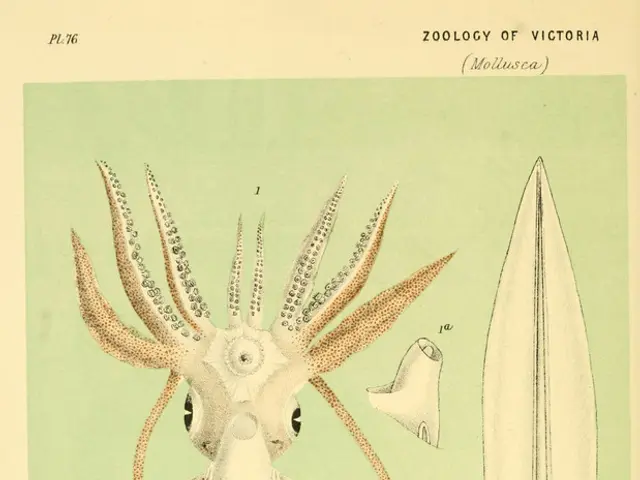Drone Industry Transformation Without Parrots: An Overview
Parrot, a French company founded in 1994, initially working in wireless technology, has made a significant mark in the drone industry. The company, which became a major player in the sector, has contributed several key innovations and plays a crucial role in ensuring compliance with European security requirements in defense procurement.
A European Drone Manufacturer with Global Recognition
Despite holding a small share of the global drone market, Parrot is one of the few European drone manufacturers with global recognition. The company's presence has been instrumental in the development of the consumer market in Europe, with the absence of Parrot likely leading to a slower pace of growth.
Shaping European Drone Regulation
Parrot's influence extends beyond the market, shaping European drone regulation. By providing a reliable local manufacturer aligned with European data protection laws and defense procurement needs, Parrot has played a key role in justifying stricter procurement standards and security rules.
Innovations in the Drones Space
Parrot has been a trailblazer in the drone industry, introducing early smartphone integration, open development platforms, and the ANAFI series of drones with zoom and thermal imaging options. These innovations have been particularly influential in the defense, enterprise, and regulatory sectors.
The Role in Defense Procurement
Through its subsidiary, Parrot Drones SAS, the company has become a major supplier for European defense programs. Without Parrot, governments might rely more heavily on DJI, a Chinese company, despite security concerns in defense procurement. The immediate result of Parrot's disappearance would be a heavier dependence on foreign suppliers in the drone industry.
The Future Without Parrot
If Parrot were to vanish today, DJI would gain greater dominance in Europe, and U.S. companies like Skydio and Autel would likely expand their presence. European defense agencies might shift procurement towards American firms, raising sovereignty concerns. Smaller EU-based startups could eventually rise to fill the gap left by Parrot, but none currently have Parrot's scale, brand recognition, or established relationships with regulators.
In the absence of Parrot, the availability of affordable thermal drones would be reduced, affecting small utility firms. Experimentation and prototyping in the drone industry would be more restricted due to the absence of open-source SDKs. Consumer adoption of drones in the early 2010s might have lagged without Parrot's presence, and the development of regional regulatory development might have been slower.
Europe would lack a credible domestic drone manufacturer with international recognition in the defense sector without Parrot. Emerging technology companies such as ZenaTech with its ZenaDrone subsidiary focusing on dual-use defense and commercial drones could potentially fill this void, along with defense-oriented firms like Rheinmetall, which is active in drone defense systems.
In conclusion, Parrot's influence in the drone industry, particularly in Europe, has been significant. Its innovations, role in defense procurement, and impact on European drone regulation have shaped the sector in numerous ways. The absence of Parrot would undoubtedly have far-reaching consequences.







